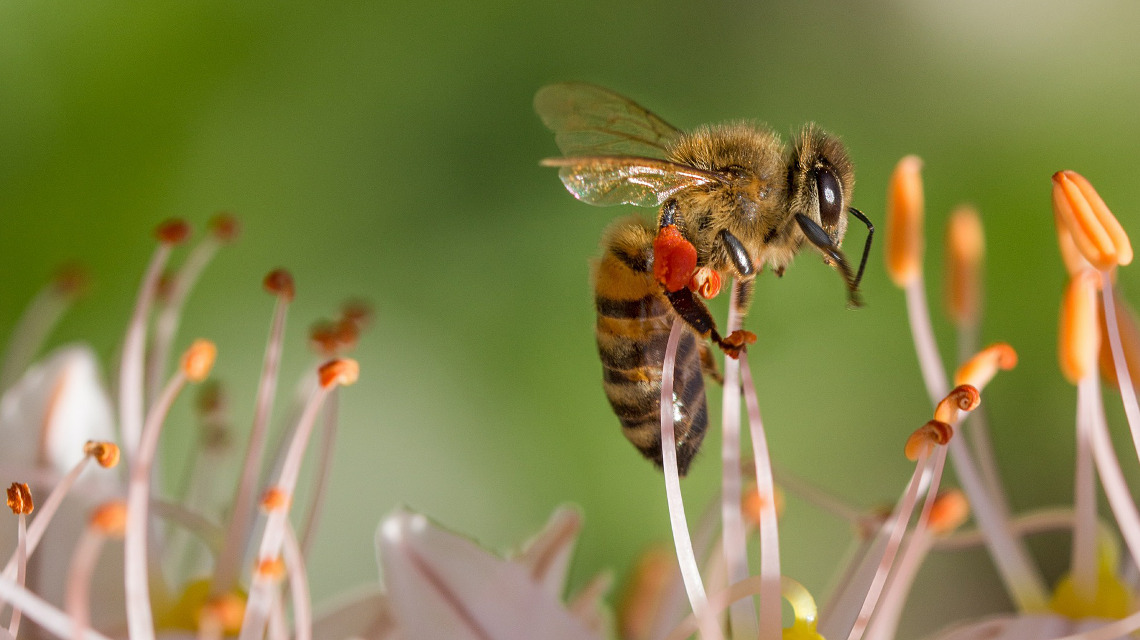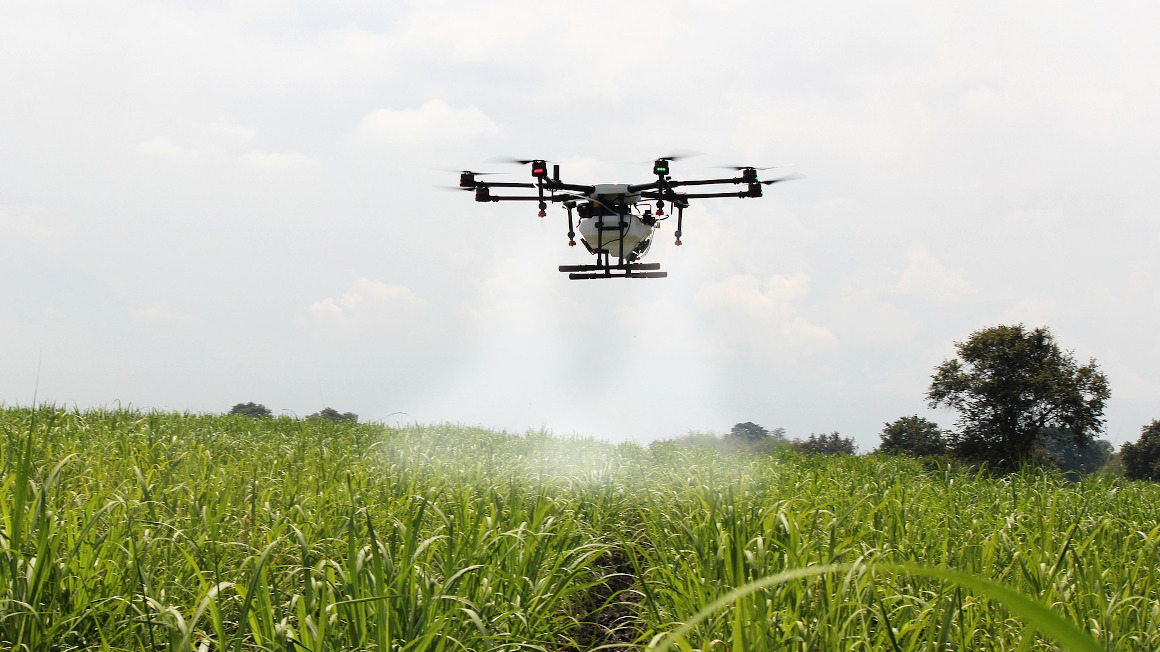Bee protection with DNA chip
The most important bee species are still partially present in Europe. The EU project SmartBees ends with this good news and leaves beekeepers with tools for bee protection.

In 2017, an international long-term study provided proof for the first time of the dramatic death of insects in Germany. Data analysis showed that the number of flying insects fell by 76% between 1989 and 2016. Bees are also endangered insects. But how can natural pollinators be protected? For four years, researchers, companies and beekeepers have been investigating what threatens the honeybee population as part of the EU research project SmartBees and developing countermeasures to protect the diversity of the species. With a total budget of 6 million euros, SmartBees was the largest EU project to date to increase the sustainability of beekeeping. The work of the 16 project partners from 11 countries was coordinated by the State Institute for Bee Research Hohen Neuendorf e.V.
Colonies of bee species still remaining
To determine the remaining bee diversity, over 2,200 colonies of all ten bee subspecies represented on the continent were analyzed since 2014. The result is quite positive: all European bee species are still present, at least in residual populations. In order to keep it that way, the EU project provides beekeepers with a new tool: a DNA chip. With the help of the chip, beekeepers will in future be able to determine the origin of their bee species themselves and thus contribute to keeping the bees in the region.
Breeder network founded to save bees
Within the framework of the project, a network was established in more than ten countries and its members were trained in modern breeding methods. The International Honey Bee Breeding Network (IHBBN) is a platform that connects breeders throughout Europe. As a result of the project the central breeding database called beebreed.eu was created. The data should enable beekeepers to plan their breeding efficiently.
Varroa mite threatens bees
In addition, the project was able to identify the most important cause of bee mortality and create the basis for controlling species mortality by selecting resistant bees. The Varroa mite was identified as the main enemy of the bees. This is an introduced parasite of the bee brood, which transmits dangerous viruses via its saliva, weakens the immune system of the bees and thus favors an increase of the viruses. In addition, the researchers were able to identify bee genes that are of crucial importance for varroa resistance. "The Smartbees project has not only provided valuable new insights that will have a lasting positive impact on beekeeping in Europe. SmartBees is also a good example of the synergy effects that European research cooperations can generate," concludes the project coordinator Kaspar Bienefeld.


